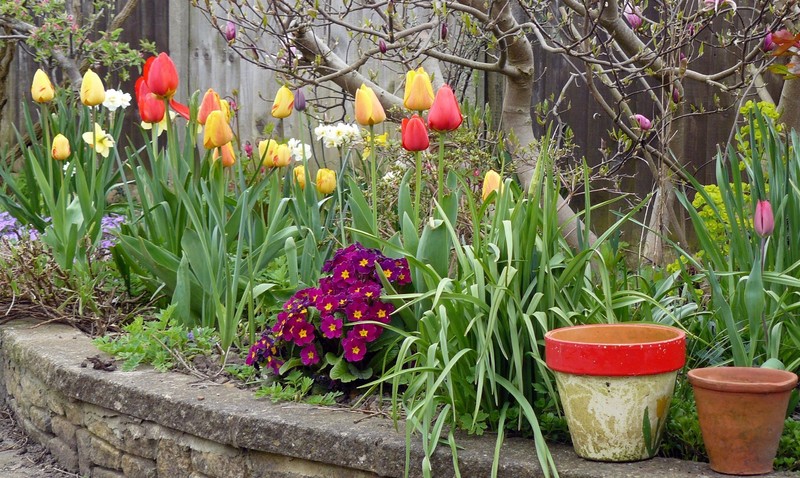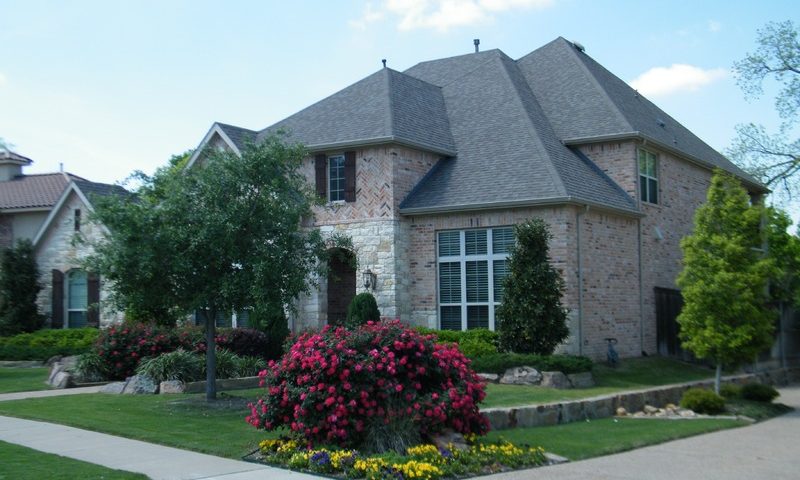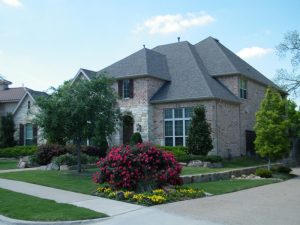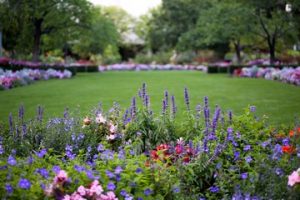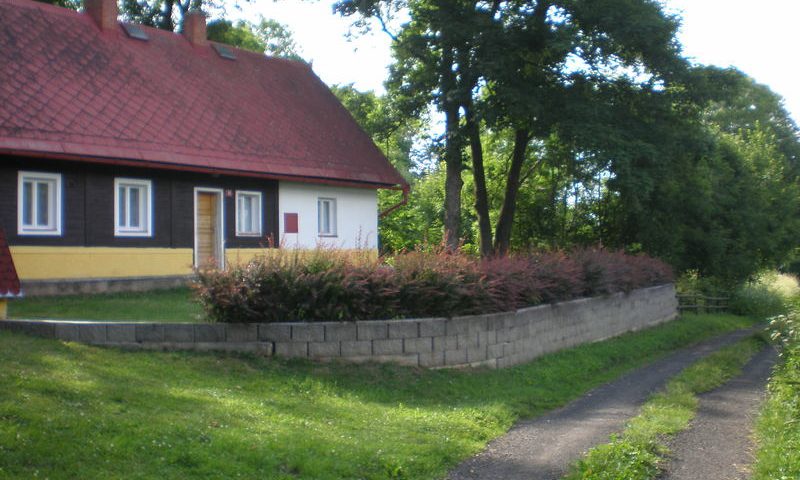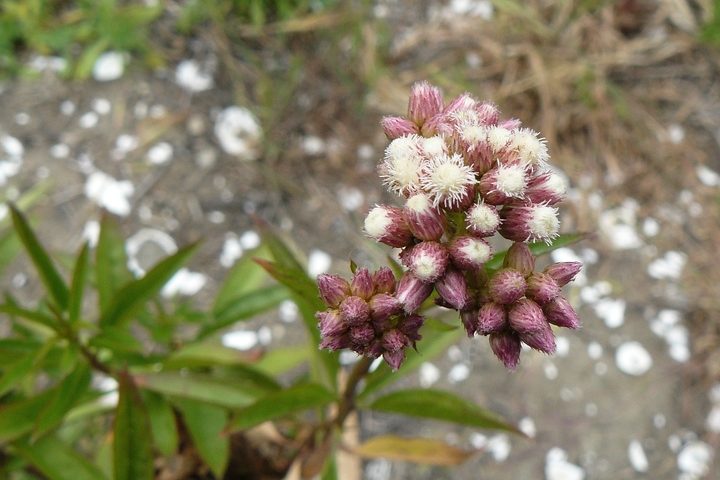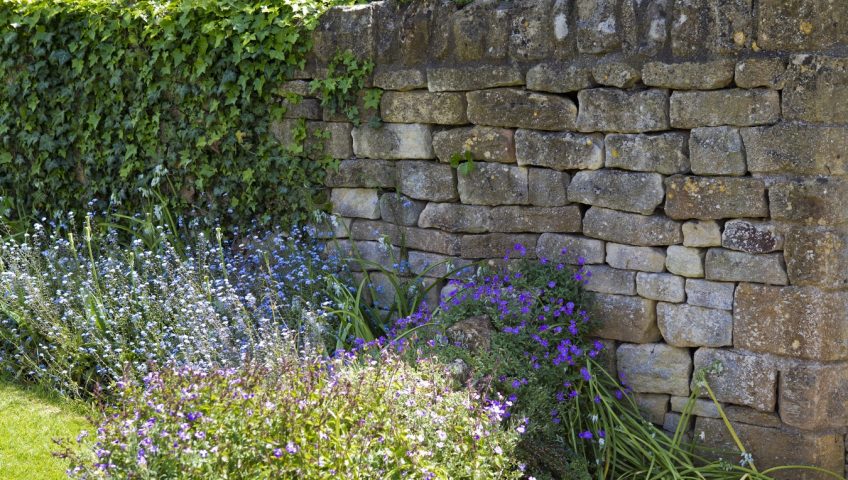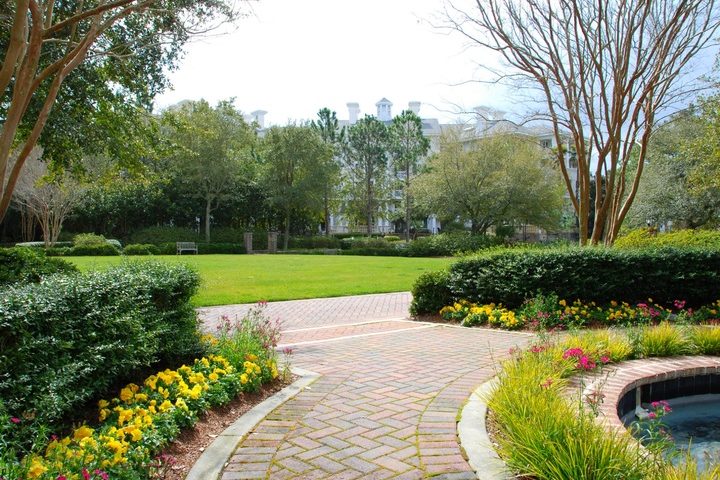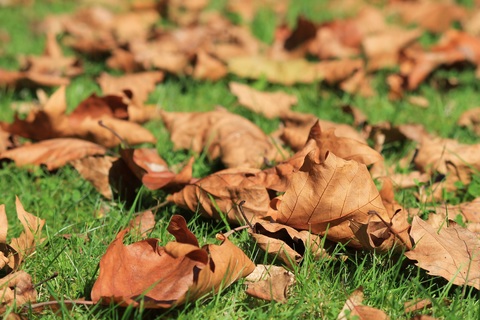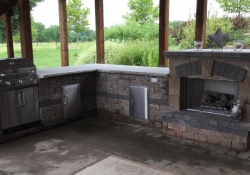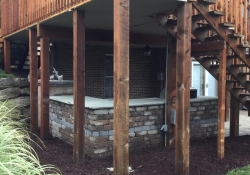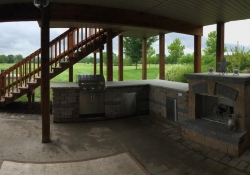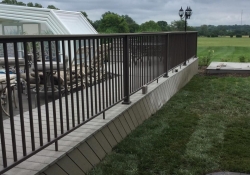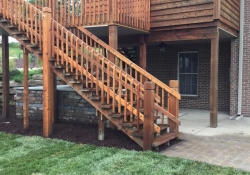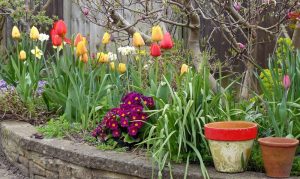
Retaining walls offer countless benefits. They can be a gorgeous aesthetic element that shows your home design and landscaping personality. More than that, though, they’re functional. Retaining walls help prevent run-off, guard against erosion, and can protect your home’s foundation.
But there are three places in particular that retaining walls can be especially beneficial. Those places are at your driveway and/or stairway, around your flower beds, and when either placed next to, or used as, fencing.
Retaining Wall Around Your Driveway or Stairway
One of the most important things a retaining wall can do for your landscape is provide additional support for architectural and functional features. This is especially true when it comes to your driveway and/or the stairway to your home. It’s all about the slope of your land, here: a retaining wall and help correct less than ideal slopes. This means that a retaining wall at your driveway and/or stairway is less likely to shift. An added bonus is that a retaining wall here can be both attractive and an added safety feature.
Retaining Walls and Flower Beds
Retaining walls are one of the best ways to create the lawn of your dreams. By building retaining walls, you can turn a blank space into an array of raised beds full of color, texture, and height. All of these elements are pleasing to the eye and make the best use of every bit of available space.
Retaining walls that create flower beds don’t just provide an instant home for your favorite flowers and plants. These retaining walls also help do what all other retaining walls do: they help prevent excessive run-off, help control soil erosion, correct slopes, and protect the foundation of your home.
Retaining Walls and Fencing
Let’s face it: replacing a fence isn’t an inexpensive endeavor. Why not consider a retaining wall instead? Doing so means you can maximize not just your budget, but the design potential of your space. This doesn’t have to be an all-or-nothing decision: by working with a professional landscaping company, you can choose to use a retaining wall as a fence, install a fence on top of a retaining wall, or add a fence and/or guardrails around the retaining wall.
No matter where you want to install a retaining wall, there are serious concerns to keep in mind. Knowing the slope of your land and how the water drains is vital. So is having a clear understanding of what your city or town’s regulations are when it comes to building or installing new features.
As an Olathe landscape company that works throughout the Johnson County and greater Kansas City area, we know those requirements and can work with you to find the best option for your space. Reach out when you’re ready to learn more.


